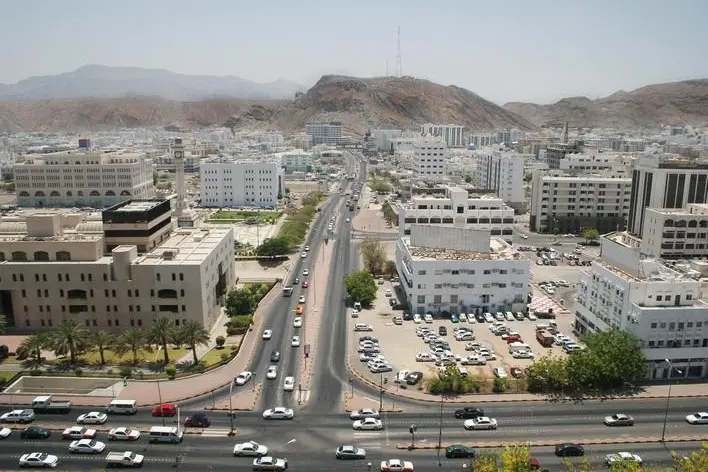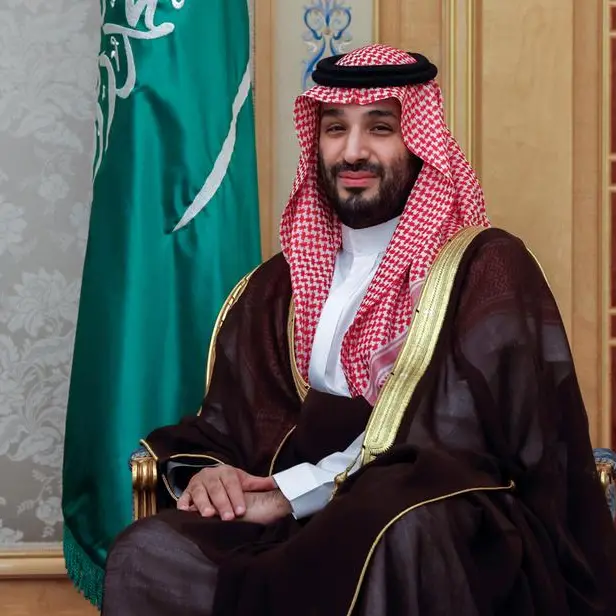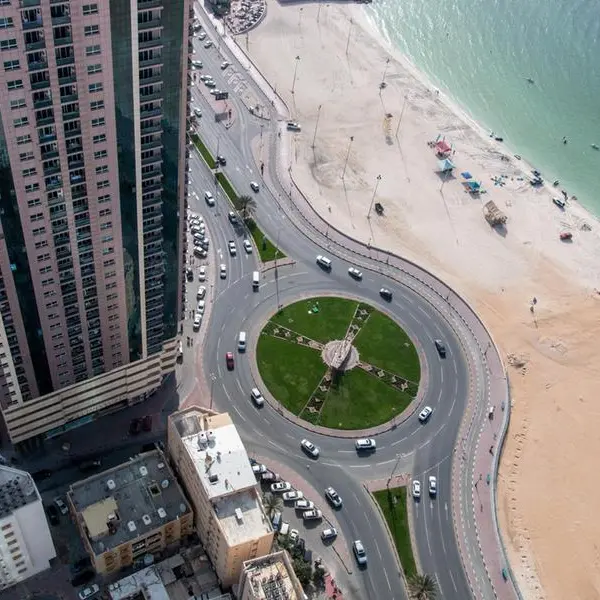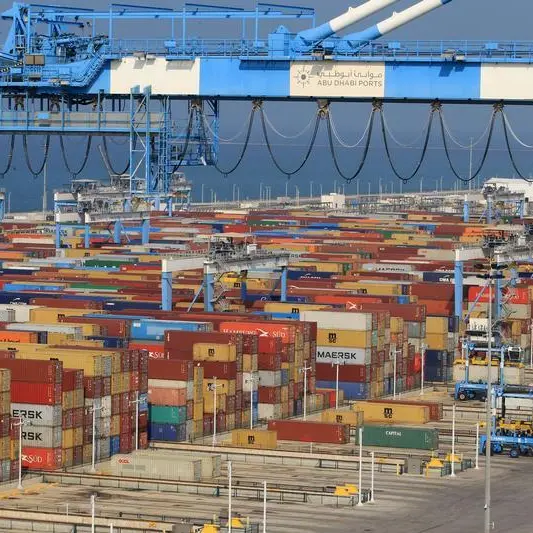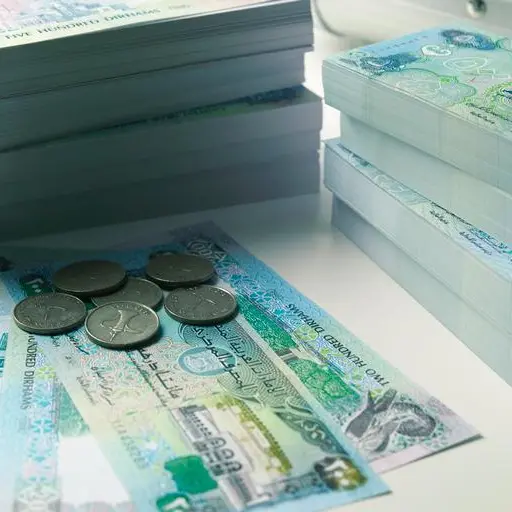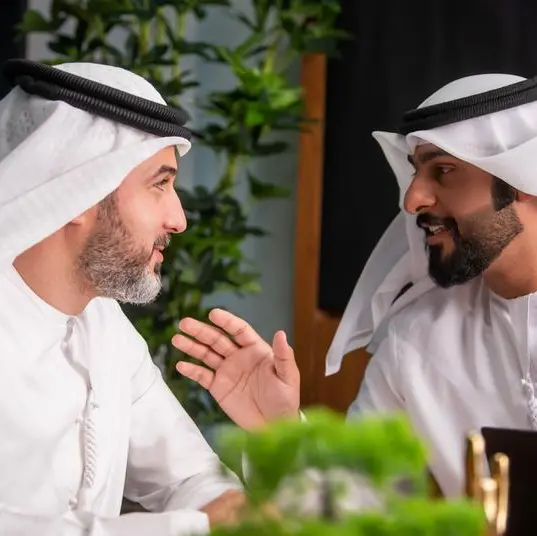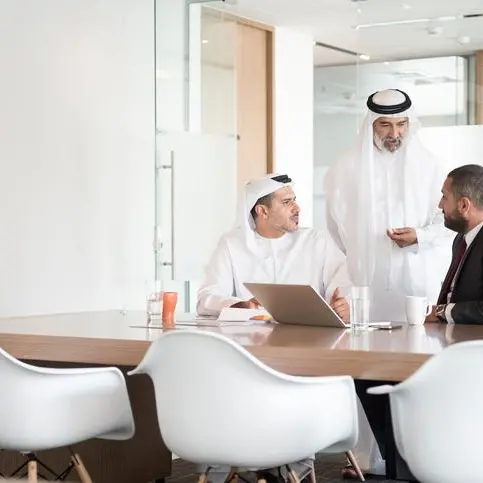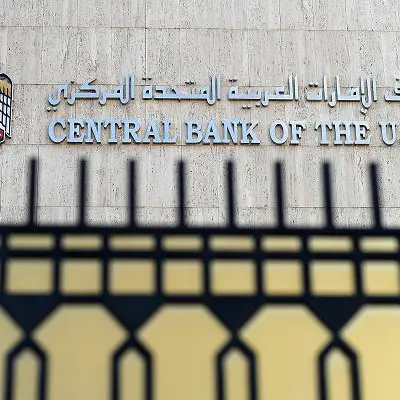PHOTO
The six projects are part of an extensive portfolio of about 90 investment opportunities being promoted for local and international investment by the Ministry of Commerce, Industry and Investment Promotion (MoCIIP).
Distributed across eight key sectors — Tourism, Logistics & Food, Fishing, Health, ICT, Mining & Industry, Waste Management and Education — the projects are key to accelerating the growth of Oman’s non-hydrocarbon economy.
Overseeing the implementation of the six circular economy ventures is Oman Environmental Services Holding Company (be’ah), which manages the Sultanate’s solid waste sector.
be’ah is a subsidiary of the Oman Investment Authority (OIA), the Sultanate’s integrated sovereign wealth fund.
Among the projects targeted for investment are two small-scale biogas schemes planned in and around Muscat Governorate. One such plant, with an electricity generation capacity of around 2 MW, is proposed to support the energy needs of Sultan Qaboos University in Al Khoudh.
The proposed biogas plant, estimated to cost RO 8 million, will process an estimated 75,000 tonnes per annum of organic waste as feedstock sourced from commercial establishments.
The other biogas plant, proposed to come up at Barka, will also use organic waste as feedstock. But in addition to generating about 2 MW of electricity to support the needs of local industries, organic digestate — a nutrient-rich by-product of anaerobic digestion — is proposed to be used for local agriculture. Furthermore, be’ah sees the potential for the incorporation of a composting facility that can produce over 16,500 tonnes of solid fertiliser and 45,000 tonnes of liquid fertiliser annually. The project cost is about RO 9 million.
But the biggest of the proposals offered up for investment is a Waste-to-Energy project, which had been tendered out a couple of years as an Independent Power Project (IPP), but was put on hold on account of the global economic downturn.
According to be’ah, the project — estimated to cost RO 300 million — will generate “energy in the form of electricity and/or heat from the primary treatment of waste, or the processing of waste into a fuel source”.
Electricity generation capacity is projected at 130-140 MW which will be fed into the national grid. Around 3,800 tonnes/day of municipal solid waste will be channelled as feedstock for the project.
A similar WTE project, estimated to cost around RO 263 million, is proposed to be set up at Haima in central Oman to generate superheated steam from municipal waste to support the enhanced oil operations (EOR) of Petroleum Development Oman (PDO). Alternatively, the project could generate electricity and thereby supplant natural gas as fuel for power generation.
Also on the anvil is an investment proposal centring on the recycling of waste linked to electrical and electronic equipment (WEEE).
It envisions the establishment of two WEEE recycling facilities in the north and south of the country. The project encompasses the collection, dismantling, processing and/or refurbishing of waste, along with special destruction facilities for hazardous items. Total investment costs are around RO 5 million.
Wrapping up the list of opportunities is a small-scale project, valued at around RO 2 million, for processing used cooking coil into biodiesel fuel.
2021 © All right reserved for Oman Establishment for Press, Publication and Advertising (OEPPA) Provided by SyndiGate Media Inc. (Syndigate.info).
